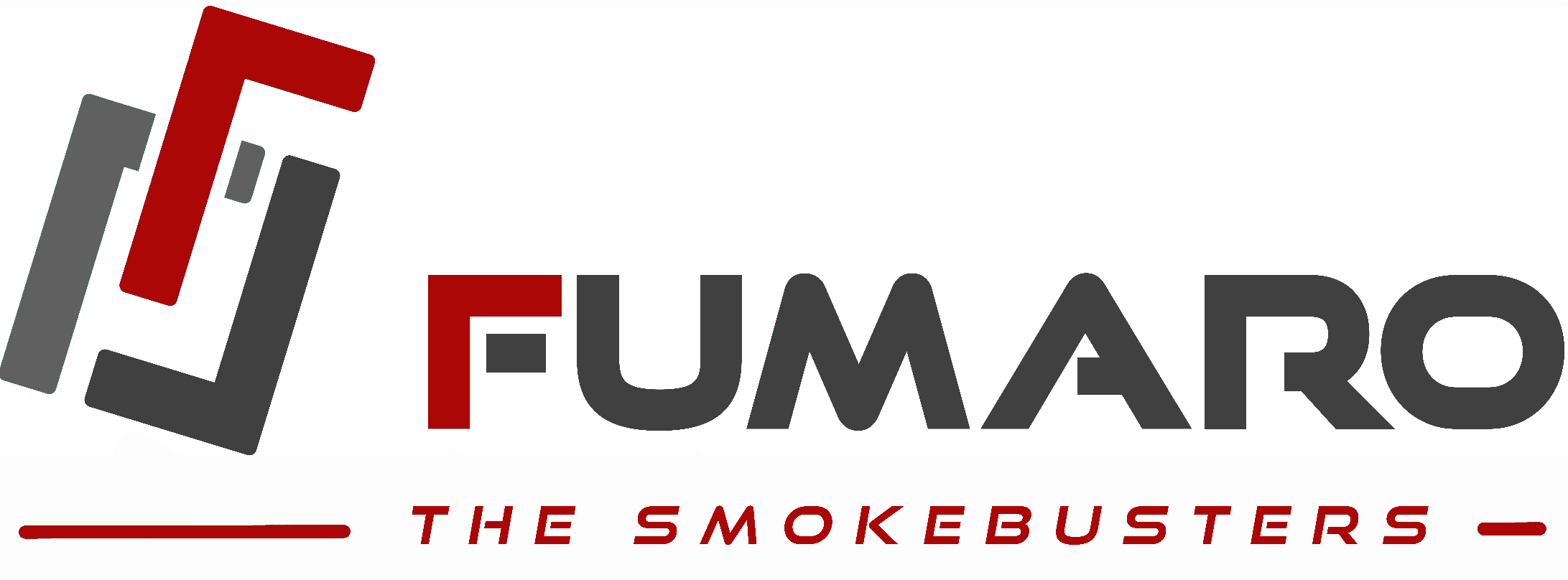The Phantom Evacuation Manikins

The Phantom Evacuation Manikins: A Game-Changer in Advanced Evacuation and Medical Training
The Phantom Evacuation Manikins was developed to meet the demand for safe training in comprehensive evacuation and medical procedures conducted in challenging operational conditions. It is designed for use by:
- Military, Police, Firefighters, Special Forces
- Medical, Mountain, Chemical, Mining, and Industrial Rescue Services
- Pro-defense organizations, associations, and training companies
The design of the Phantom Evacuation Manikins allows for the practice of initial medical treatment, such as:
- Applying tourniquets using simulated wounds
- Learning how to perform direct pressure to control massive bleeding
- Wound packing, thanks to pockets on the manikins’s body that can simulate deep wounds into which a tube transporting artificial blood can be inserted
- Further medical treatment or initial trauma assessment in a safe zone
- Immobilizing limbs in the case of simulated fractures
- Immobilizing the cervical spine using an orthopedic collar, applying protective or ventilated chest dressings
Phantom Evacuation Manikins:
- Serve as victims who have suffered injuries due to a specific trauma mechanism in the exercise
- Have detachable limbs, allowing for the practice of traumatic amputations using available wound simulations
- Can be evacuated using all available/known techniques and methods (including specialized and improvised rope techniques)
- Have a body and head structure that is resistant to injuries and abrasions, enabling the simulation of a victim in hard-to-reach conditions such as rubble or destroyed transportation vehicle
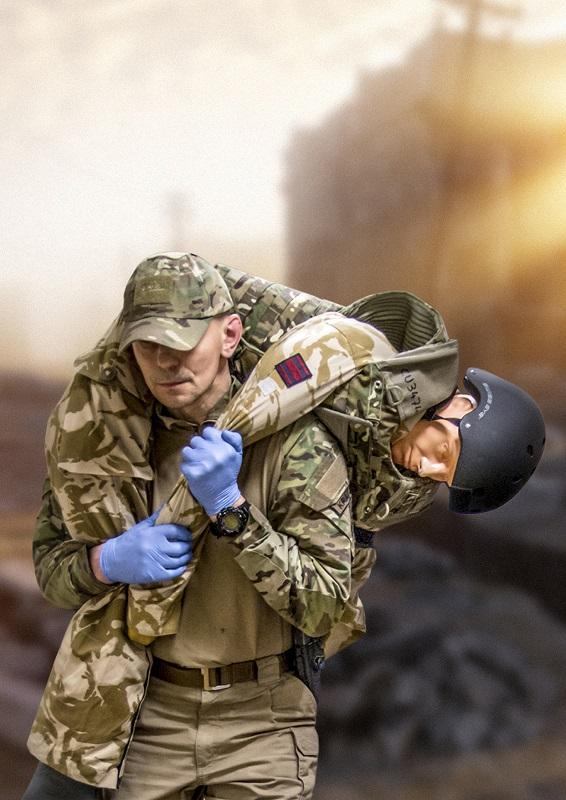
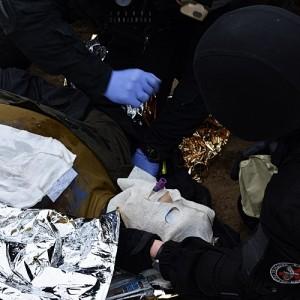

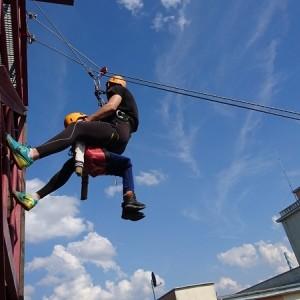
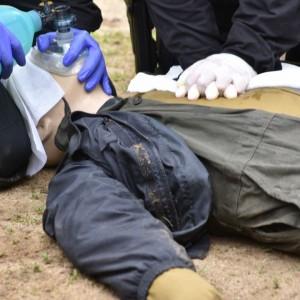
How Our Evacuation Manikins with CPR Capabilities Solve Problems for Emergency Services and Units
Our advanced Phantom Evacuation Manikins equipped with CPR (Cardiopulmonary Resuscitation) capabilities offer a comprehensive solution to several challenges faced by emergency services and specialized units. Here are some key ways these mannequins address issues:
Realistic Training Scenarios
The mannequins allow for training in conditions that closely mimic real-life emergency situations. This helps to better prepare first responders for the complexities they may encounter in the field.
Cost-Effectiveness
Traditionally, separate mannequins might be required for evacuation and medical training. Our Phantom mannequins combine these functionalities, eliminating the need for multiple models and thereby reducing costs.
Comprehensive Medical Training
From applying tourniquets to performing CPR, these manikin offer a wide range of medical procedures. This comprehensive approach ensures that emergency personnel are well-equipped to handle various medical emergencies.
Versatility
The manikins can be used by a variety of services, including the military, police, firefighters, and various rescue services. This makes them a versatile tool for interdisciplinary training exercises.
Durability in Extreme Conditions
Constructed from highly durable materials, these mannequins can withstand the rigors of extreme training conditions, from rubble to confined spaces, enhancing their usability and longevity.
Real-time Monitoring and Feedback
The Generation III models come with wireless electronics that monitor CPR activities, providing real-time feedback to both the trainee and instructor. This ensures immediate correction and continuous improvement.
Child and Adult Scenarios
With both adult and child-sized models that are structurally identical, these manikins allow for more inclusive training that covers a broader range of potential victims.
By addressing these challenges comprehensively, our Phantom Evacuation Manikinss with CPR capabilities significantly enhance the quality and effectiveness of emergency response training.
Generation II
- The head with airways allows for the practice of rescue breathing and the application of alternative airway-clearing methods.
- Suction of contents from the airways is possible, as well as flushing of the air-conducting tubes for disinfection purposes.
- The torso’s construction enables the correct performance of chest compressions (external cardiac massage) with visible chest relaxation.

Generation III – Designed for the Most Challenging Operational Conditions
- Equipped with wireless electronics that monitor CPR (Cardiopulmonary Resuscitation) activities.
- Trainees can hear a type of breathing selected by the instructor while checking the upper airway patency, enhancing the realism of the training scenario.
- Rescue breathing and external cardiac massage are recorded in terms of essential parameters for both real-time and later analysis.
- The instructor can oversee the correctness of performed CPR activities through a tablet equipped with a controlling application.
Child Manikins
The child mannequin is structurally identical to the adult version and exhibits the same resilience features for extreme training conditions.
When conducting search and rescue exercises, the mannequin can be placed in hard-to-reach, confined spaces, essentially anywhere a child might naturally find themselves or hide in dangerous situations.
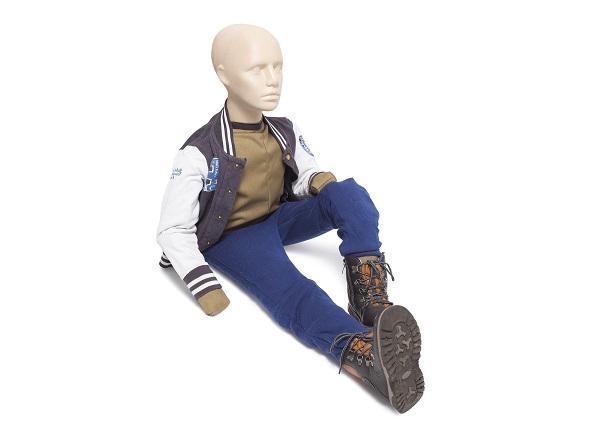
Technical Features
- Adult Mannequin: Height 185 cm / Weight: 40 to 80 kg
- Child Mannequin: Height 140 cm / Weight: 20 to 30 kg
- The set includes practice stretchers made of impregnated polyester fabric, built on a supporting frame made of polyamide straps.
- Constructed from two layers of highly durable technical fabrics impregnated from the inside with a PVC film, reinforced with polyamide straps with a tear resistance of up to 1100 kg.
- The ends of the arms at the palms are protected by an additional layer of Cordura fabric to prevent abrasion (replaceable overlays).
- The elastic filling provides the sensation of contact with the inert body of an unconscious person in need of assistance.
